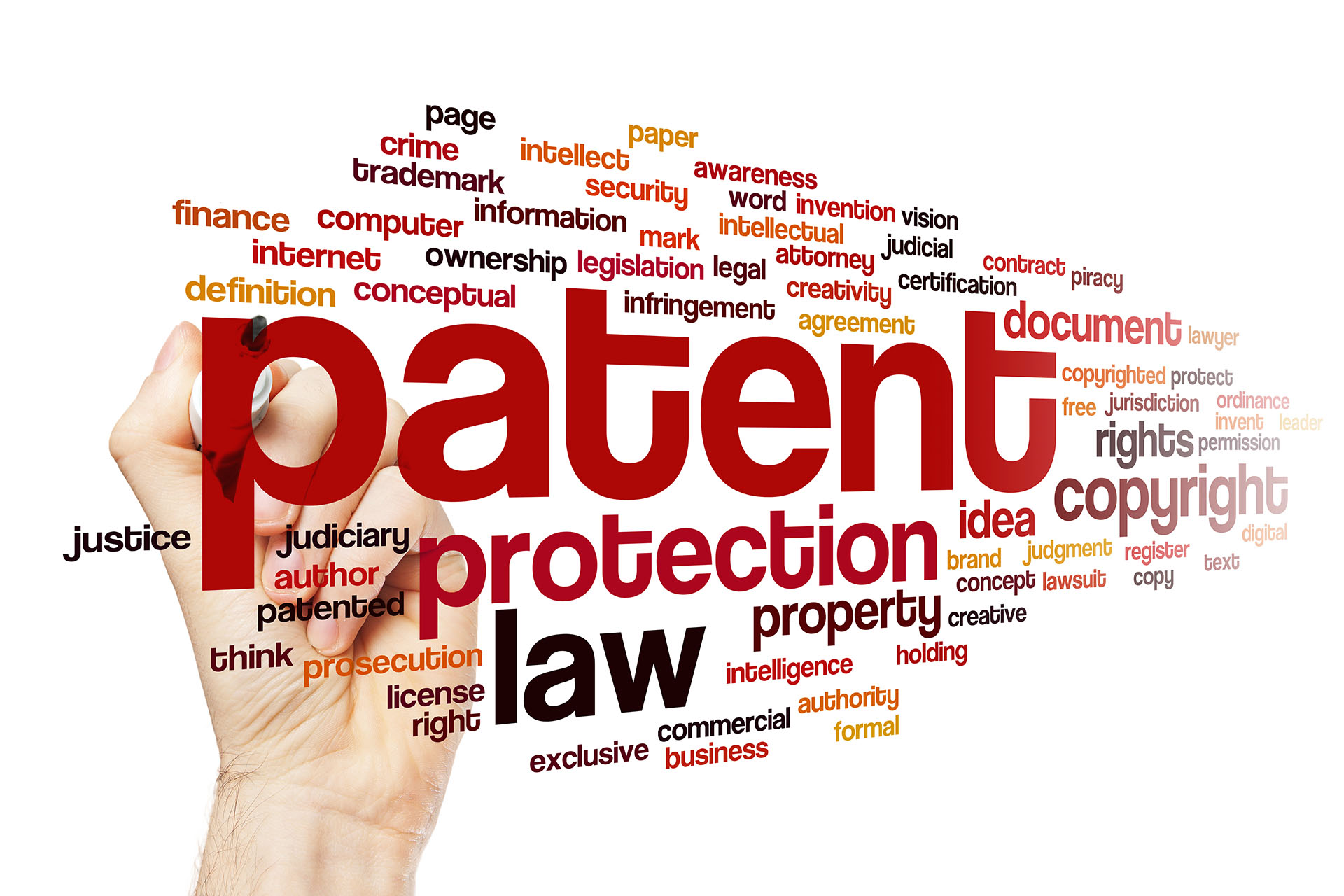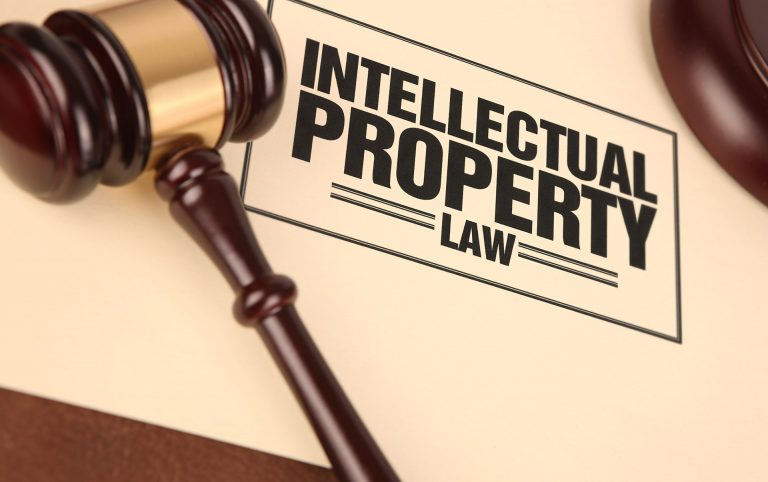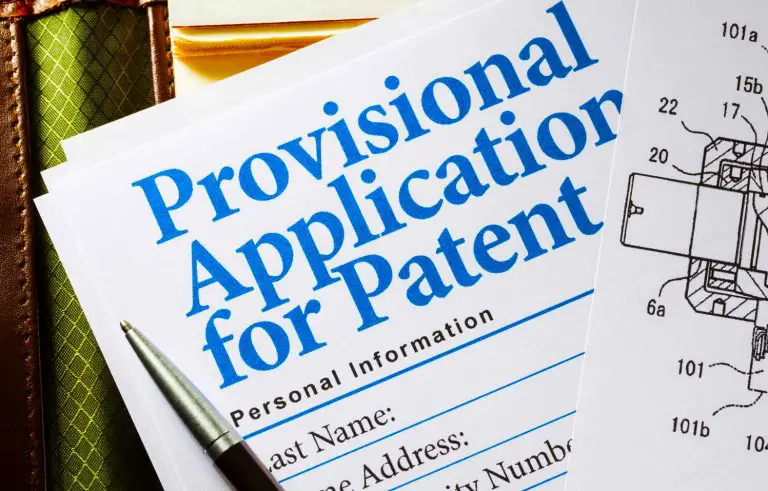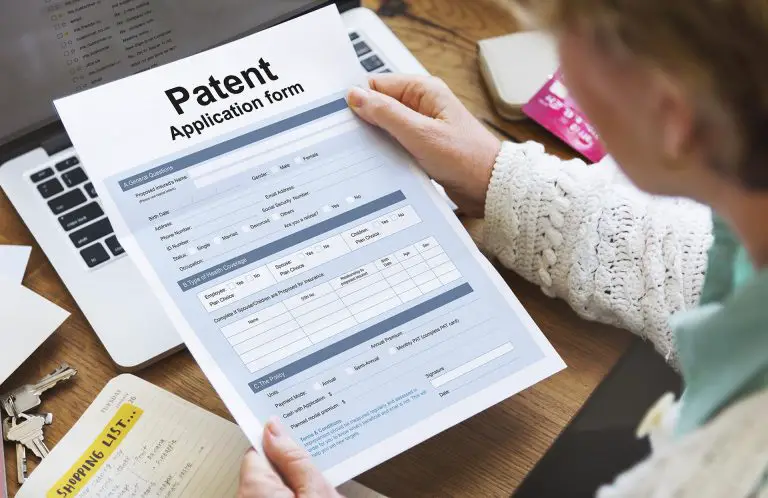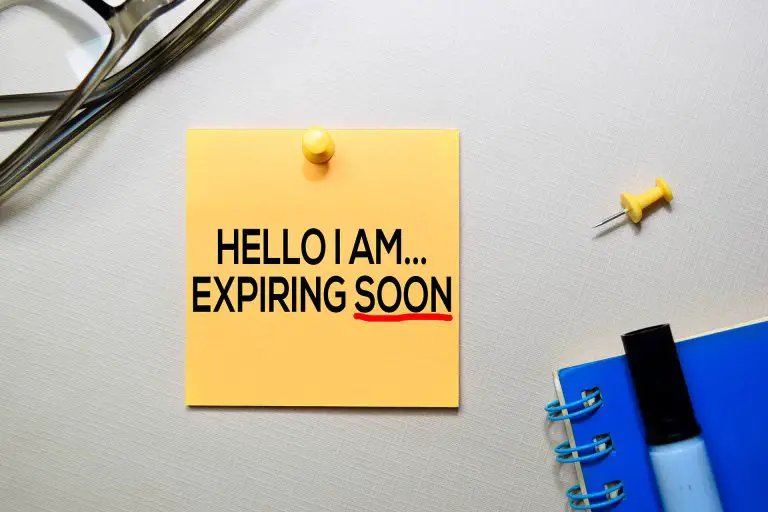How to Secure a Patent?
Patents are intellectual property rights that allow inventors to stop others from making, using, and selling the patented invention for a limited time. So, if you’re an inventor you may be wondering how to secure a patent to stop others from copying and selling your invention? We will answer this question below.
How to Secure a Patent?
Answer: To secure a patent an inventor must prepare and file a patent application with the USPTO (The United States Patent and Trademark Office). The USPTO then has to examine the patent application to determine whether it meets the requirements for patentability. If the patent office determines that the patent application meets the requirement, a patent will be granted, if it does not, the patented will be rejected.
To obtain a patent an inventor must have an invention that (1) has a patentable subject matter, (2) is novel, (3) is nonobvious, and (4) serves a useful purpose. To secure a patent, an inventor must describe the invention with enough detail so that the patent examiner will be able to determine how to make the invention, as well as how to use the invention.
A patent examiner is someone who works at the patent office an examines inventions to ensure that the invention described in a patent application is patentable under the standards of U.S Patent Law. It currently takes the USPTO 24 months to either grant or deny a patent application, so if you want to secure a patent, apply early because you’ll be waiting for a while before being able to secure a patent on your invention.
So, why do inventors want to secure a patent on their invention? Inventors want to secure a patent on their invention because it allows them to stop others from copying, using, making, and selling the patent invention for a limited period of time. Utility patents offer 20 years of protection and design patents offer 15 years of protection. Having the ability to stop others from copying and selling the patented invention can be very lucrative for patent holders, who may be able to produce and sell the patented invention without having to worry about others stealing and copying their idea.
Two Main Types of Patents to Secure
If you want to patent an invention you may have, you have two main patent options to choose from. The first and most popular option is applying for a utility patent. Utility patents protect how an invention works or the functional aspects of an invention. For example, if you have a set of nail clippers, the patent would protect how the nail clippers work.
The second option an inventor has is to obtain a design patent. Design patents protect how an invention looks or the aesthetics or appearance of an object. So, coming back to our nail clipper example, while a utility patent protects how they work, if your nail clippers have a new and unique look, applying for a design patent would protect that look.
Some inventions can be protected with both a utility patent and a design patent. That said, to obtain dual protection, an inventor would have to file two separate patent applications. One utility patent application and one design patent application. The utility application will explain how the nail clippers work in order to protect their function and the design patent application will explain the look to be protected using both words and drawings.
How Much Does it Cost to Secure a Utility Patent?
It currently costs anywhere between $5,000 to $15,000 to secure a utility patent. This cost includes the cost of hiring an attorney to prepare and submit a utility patent application, as well as paying the fees required by the patent office.
Here is a breakdown of the cost to secure a utility patent:
- USPTO Filing Fees: $75 – $300
- USPTO Search Fees: $165 – $660
- USPTO Examination Fees: $190 – $760
- USPTO Issue Fee: $250 – $1,000
- Patent Maintenance Fees: $400 to $7,400
- Attorney Fees: $3,000 to $10,000+
Obtaining a utility patent is pretty expensive because of the complexity and time it takes an attorney to prepare a utility patent application. The patent application has to thoroughly and completely describe the invention to be patented, so you need to pay an attorney for the time it takes to prepare and file a utility patent application.
How Much Does it Cost to Secure a Design Patent?
The cost to secure a design patent is significantly less than the cost to secure a utility patent. This is so because design patent applications are easier and require less time to prepare than utility patent applications. We estimate that it costs anywhere from $2,500 to $2,500 to secure a design patent application. That said, the cost depends on the complexity of your design and how much time it takes your attorney to prepare your application.
Here is a breakdown of the cost to secure a design patent:
- USPTO Filing Fees: $50 – $200
- USPTO Search Fees: $40 – $160
- USPTO Examination Fees: $150 – $600
- USPTO Issue Fee: $175 – $700
- Maintenance Fees: Not Applicable to Design Patents
- Attorney Fees: $1,500 – $3,500
These numbers should give you a rough estimate of the cost to expect to patent your design. If you want numbers tailored to your specific situation, you should find and contact a patent attorney for more information.
Requirements to Secure a Patent
To secure a patent an inventor must show that his invention has a patentable subject matter, the invention is novel, it’s nonobvious, and serves some useful purpose.
Patentable Subject Matter
The patentable subject matter requirement requires the invention to be something that is protected under patent law. This includes processes, machines, designs, and compositions of matter. So, if your invention falls within one of these categories, you can pursue patenting it.
Novelty
The second requirement is for the invention to be novel (new). That is, the inventor must show that the invention he wants to patent has never been patented before and that the invention has never been publicly disclosed. To patent an invention the inventor applicant must be the person who made the invention. If an inventor has publicly disclosed the invention he must file a patent application within 12 months of publicly disclosing the invention, offering it for sale, or selling it.
Nonobviousness
To patent an invention, the invention must be nonobvious. Said differently, the patent examiner must make a determination that the invention was not obvious at the time an applicant filed his patent application. The obviousness of an invention is judged based on an the view of an ordinary person having experience in the field of the invention. If the invention is obvious to the ordinary person, the patent examiner will reject the patent application. However, if the invention was not obvious, the patent examiner will proceed with patenting the invention.
Usefulness
The last important requirement that has to be met is that the invention have a useful purpose. Said differently, the invention must offer some useful benefit. For example, a beverage sleeve has the benefit of reducing the heat or cold that is transferred to a person drinking a beverage. This purpose satisfies the useful purpose requirement. Inventions are rarely rejected on the grounds that they are not useful
Can You Secure a Patent for an Idea?
Inventors cannot secure a patent for an idea, for an inventor to patent something, the inventor has to have something that’s more than just an idea. The inventor has to be able to describe how to make the invention, as well as how the invention can be used. Without being able to describe these two things in detail, an inventor cannot secure a patent. That said, the inventor does not necessarily have to have a working prototype, he must at the minimum be able to explain how to make the invention.
Securing a Patent
By now, you should know that to secure a patent, you should have an invention that qualifies for patent protection. The best way to determine whether you have an invention that can be patented is contacting an experienced patent attorney to evaluate your invention and your options. If your attorney determines that you have a patentable invention, hire them to prepare your patent application and file it with the patent office. Although the patent office does not require inventors to be represented by an attorney, however, they do recommend that a patent application seek the help of an attorney to assist them with patenting their invention. That said, if you have any general questions or comments, please feel free to leave them in the comments section below.

